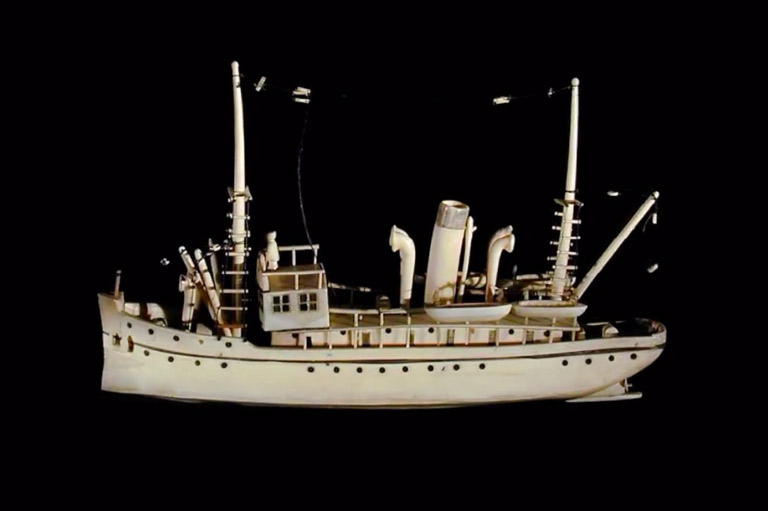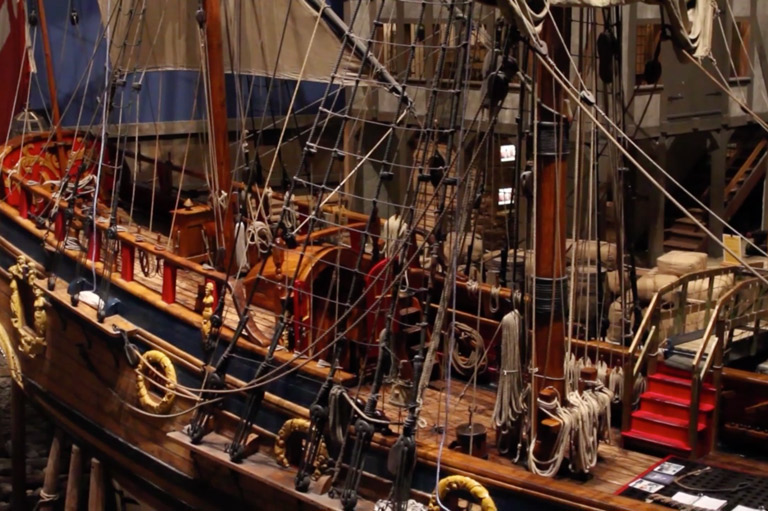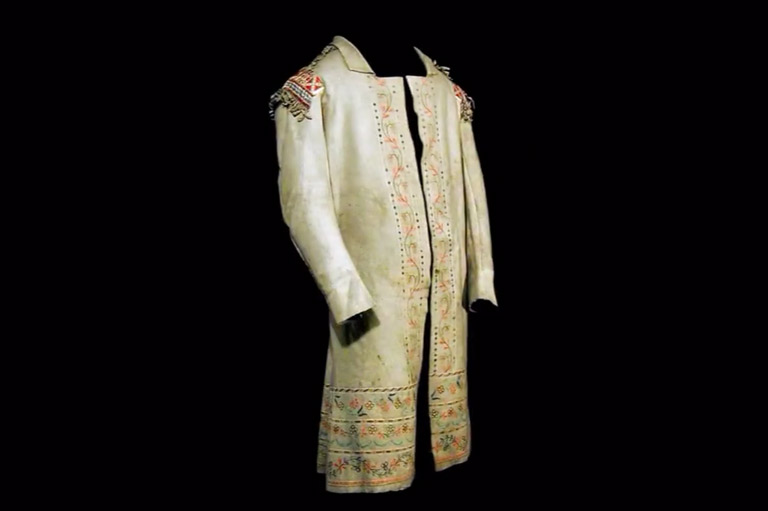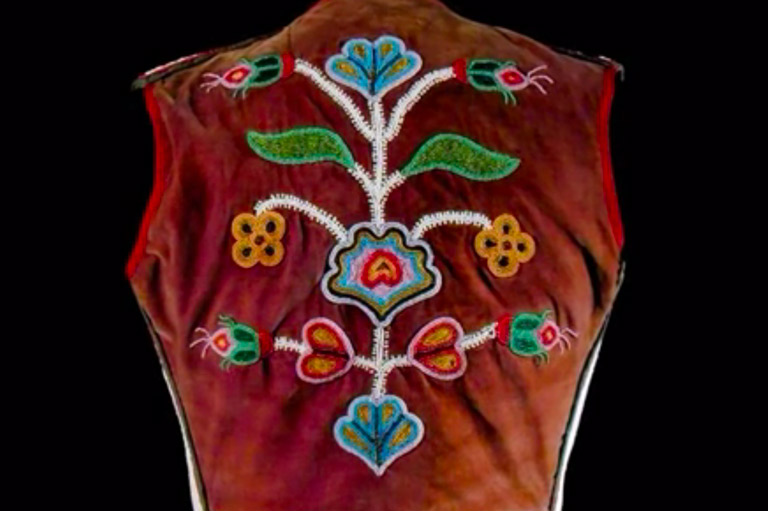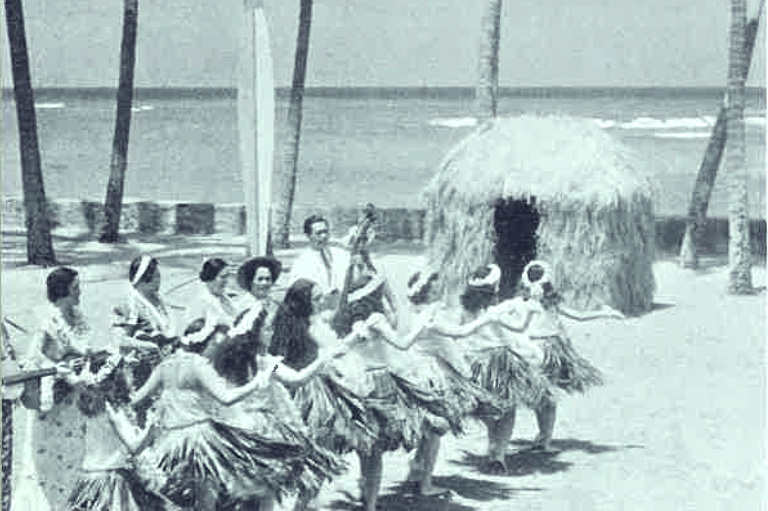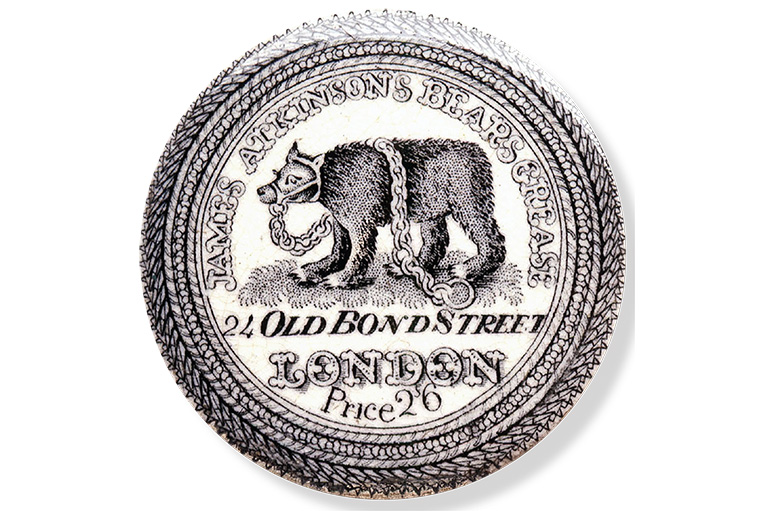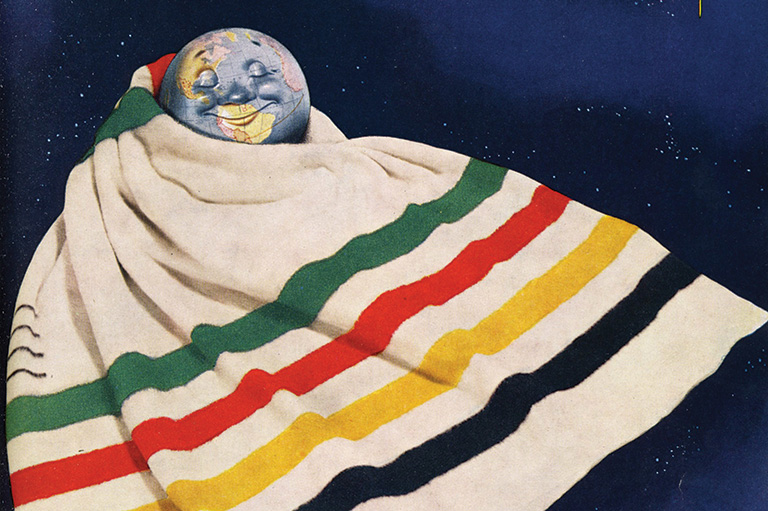Tales & Treasures: The Little Emperor
Sir George Simpson was the governor of the Hudson's Bay Company from 1820–1860. His administration effectively precipitated Canadian Confederation in 1867. Dr. Jamie Morton, curator of the HBC collection at the Manitoba Museum, explains the nature of the Company's organizational hierarchy and Simpson's role as governor through these extravagant artifacts: an elaborate silver candelabra and a ram's head snuff mull.
More Tales & Treasures
Themes associated with this article
Advertisement
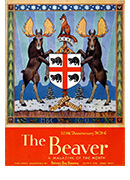
A Century of History in Your Pocket
Canada’s History Archive, featuring The Beaver, is now available for your browsing and searching pleasure!

